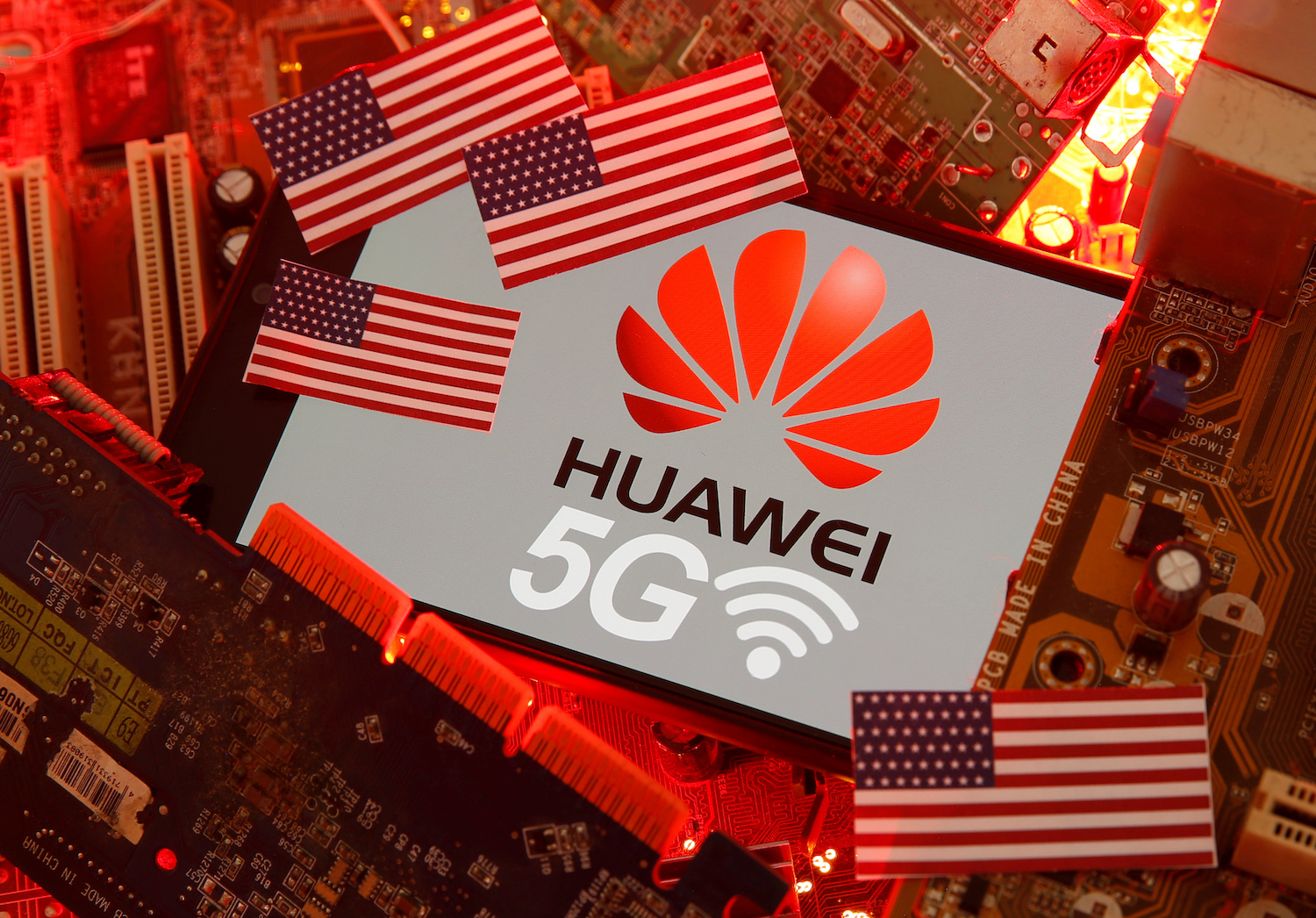(ATF) The US Congress looks set to approve $1.9 billion to fund a programme to remove Chinese-made telecoms network equipment as part of the latest coronavirus pandemic stimulus bill.
US lawmakers backed the Covid-19 relief package of nearly $900 billion late on Sunday night after months of wrangling.
The package includes aid for vaccine distribution and logistics, extra jobless benefits of $300 per week, and a new round of $600 stimulus checks – as well as funds to replace Chinese telecoms kit that some governments have designated as potential national security risks.
“We’ve agreed to a package of nearly $900 billion. It is packed with targeted policies to help struggling Americans who have already waited too long,” Republican Senate leader Mitch McConnell said in a statement.
Democratic House Speaker Nancy Pelosi and Senate minority leader Chuck Schumer confirmed an agreement had been reached with Republicans and the White House on a deal that “delivers urgently needed funds to save the lives and livelihoods of the American people as the virus accelerates.”
Number two Democrat in the House of Representatives Steny Hoyer said he expected the deal to pass on Monday and then head to the Senate. That meant it required passage of a stopgap measure – to be signed by Trump by midnight Sunday – to keep the federal government funded an extra 24 hours and avert a shutdown. The House and Senate approved the stopgap measure on Sunday night.
“The House will move swiftly to pass this legislation immediately, so it can quickly be sent to the Senate and then to the president’s desk for his signature,” Schumer and Pelosi said in a statement.
“With the horrifying acceleration of daily infections and deaths, there is no time to waste.”
Huawei and ZTE designated as threats
The US Federal Communications Commission (FCC) said in June it had formally designated China’s Huawei Technologies Company and ZTE Corporation as threats, a declaration that bars American firms from tapping an $8.3 billion government fund to purchase equipment from the companies.
Earlier this month, the FCC finalised rules that require carriers with ZTE or Huawei equipment to “rip and replace” that equipment but is awaiting funding from Congress.
Huawei said earlier this month it was disappointed in the FCC’s decision “to force removal of our products from telecommunications networks”. The company added that “this over-reach puts US citizens at risk in the largely underserved rural areas – during a pandemic – when reliable communication is essential”.
Huawei and ZTE are among dozens of Chinese companies, including SMIC, the country’s biggest chipmaker, that have been included on a US government’s trade blacklist. In total, about 275 companies and their affiliates are on to the so-called Entity List, the vast majority of which are China-based.
The escalations in the trade row with China come just weeks before Joe Biden’s inauguration as 46th US president on January 20.
“We think the incoming administration is likely to take a more conciliatory and multi-lateral approach toward China, although we do expect US-China strategic rivalry to persist, particularly in the technology space,” said Mark Haefele, chief investment officer at UBS. “We see a continued move toward a more bipolar tech world centred on the two countries.”
Remove and replace
Nevertheless, replacing Huawei and ZTE has become a huge industry. US-based telecom equipment provider Ciena said it has picked up contracts from Indian telecom operators, which it said are moving much faster than markets in Europe to mitigate their exposure to Chinese gear maker Huawei.
“The activity has continued around new architectures and build-outs, because they’ve [Indian telcos] still got a long way to go. I think specifically as it relates to Huawei … India have moved much faster, I think, to really mitigate their exposure to Huawei,” said Gary Smith, Ciena chief executive.
Meanwhile, the UK said it would spend more than $330 million to replace Huawei’s equipment from the 5G telecom infrastructure in the country. About $65 million of that would be spent in 2021, according to British Treasury documents.
In November, London said it would ban the installation of new Huawei equipment in 5G telecoms networks from September 2021. It clamped down on Huawei following sanctions imposed on China by the US and opposition from Conservative MPs who cited national security concerns.
With reporting by AFP, Reuters






















